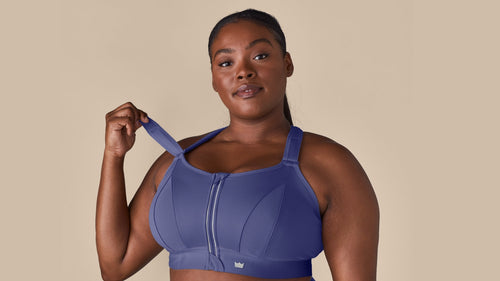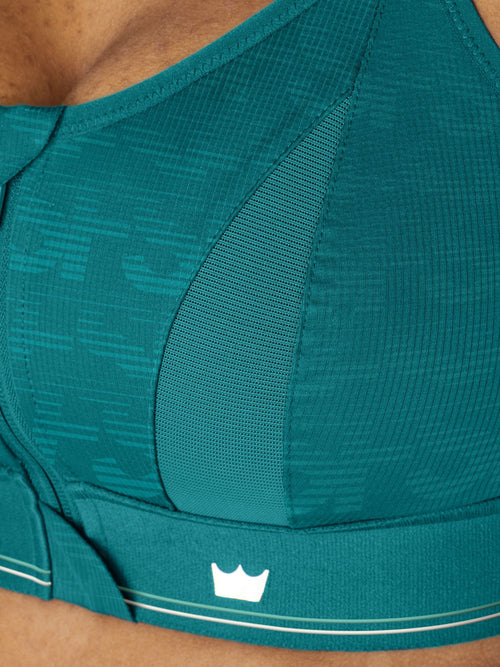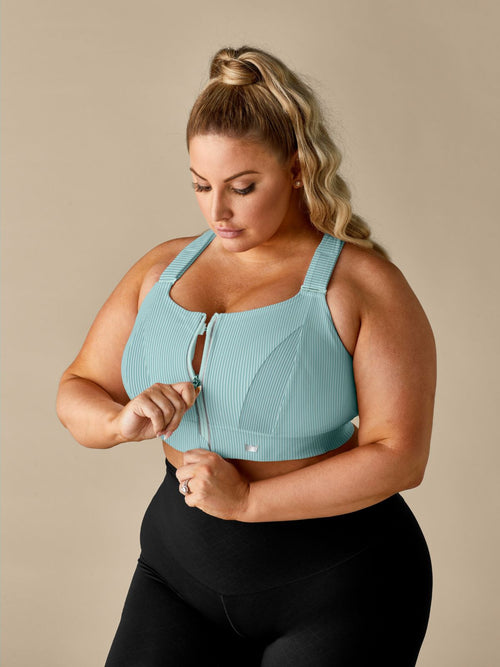Free shipping on U.S. orders over $99 Shop Now

Body Mass Index (BMI) has been a tell-all statistic used by doctors to estimate body fat levels and overall health levels. Doctors use BMI to evaluate obesity trends in the general population and as screening tools for weight-related chronic diseases. Although there are many pros to identifying BMI, there are also many cons. So we say, screw BMI and the heavy-value doctor’s place on this statistic and let’s really get down to fitness indicators.
So, what is BMI?
To calculate your BMI divide your weight by (height x height) x 703. According to Livestrong, ‘normal’ BMI levels range from 18.5 to 24.9. Anything below 18.5 is considered underweight, anything from 25 to 29.9 is considered overweight, and anything over 30 is considered obese.
The convenience and inexpensive price tag for calculating BMI is what causes this statistic to lack credibility…Professional training is not required to gather a measurement that will supposedly dictate your overall health? Sounds sketchy to us.
Muscle vs. Fat
You reference your weight when calculating your BMI, but BMI doesn’t differentiate if your weight comes from fat or lean tissue (Side note: Muscle weighs more than fat). Gym-junkies or athletes tend to have a higher muscle mass so they tend to weigh more. Because of their large muscle mass and therefore larger weight, muscular-peeps will normally have a higher BMI. Contrary to what their BMI levels may reflect, this doesn’t mean that muscular people are considered overweight. Boom. Science.
Yes, normal-weight obesity is a ‘thing.’
Because BMI can’t differentiate fat from lean tissue, BMI can also wrongfully tell a person who is carrying too much fatty tissue that they are healthy. Men and women who are at normal weight can still have large amounts of fatty tissue. Even if they don’t look unhealthy, these individuals are at the same risk of developing chronic diseases that obviously overweight people have. This is called normal-weight obesity.
Livestrong breaks this concept down for us: “If you don't exercise, you lose valuable muscle mass and accumulate excess fat -- even if you don't rank high on height-weight charts. Older adults naturally lose muscle mass as they age, along with some bone density. For this reason, health providers often run lifestyle screenings, family history questionnaires and annual blood tests in addition to BMI calculations on all patients. This helps rule out normal-weight obesity in otherwise seemingly healthy patients.”
Positive Change
BMI doesn't accurately reflect changes in behavior, even if your behavior is improving your overall health. People with a high BMI who are physically active are at lower risk for many health problems than people with a high BMI who are don’t do ‘ish.
Sadly, some people may eat healthy and workout but they may not lose weight. People may live healthier lifestyles, but their BMI doesn't change because their weight hasn’t changed. If people heavily value their BMI as their only health indicator, their new habits would not be reflected.
AND even if you lose weight, your BMI may not change. The Centers for Disease Control and Prevention notes that losing 5 to 10 percent of your weight can lead to positive benefits, such as decreased blood pressure and cholesterol. In a 200-pound person, this is a loss of 10 to 20 pounds. Losing the weight may not move your BMI to a normal range, however. For example, a 5-foot-11-inch person must weigh between 136 and 178 pounds to register a normal BMI. If he started out at 200 pounds and lost 10 to 20 pounds, he may have improved his health, but he is still considered overweight based on his BMI. Screw it.
BMI is only one piece of the puzzle in regards to your overall health. BMI can be taken into consideration, but it shouldn’t be the only thing you take into consideration when deciphering your overall health. For more news on health, recipes, and workouts, check out our Facebook page: https://www.facebook.com/shefitapparel/

























